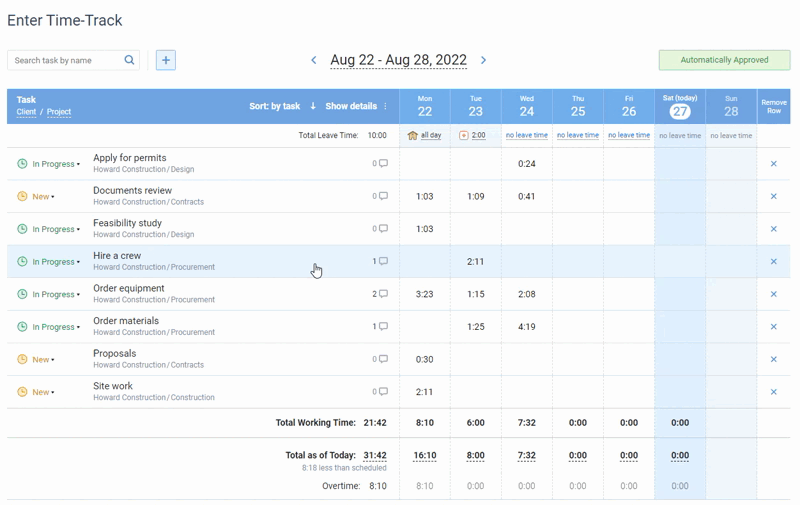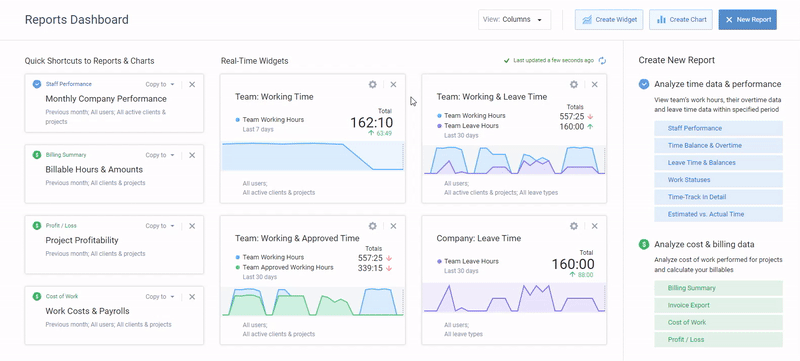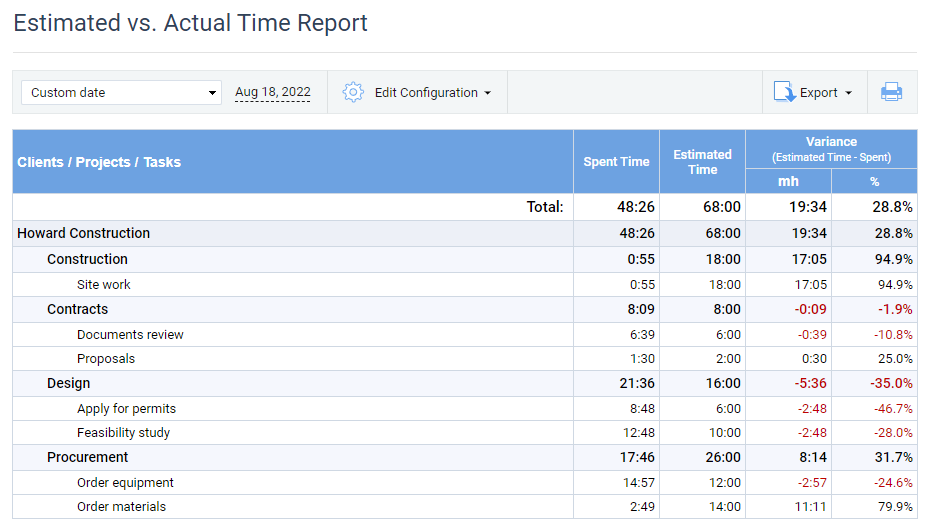
Teams are complex living organisms where individuals with different talents from various backgrounds have to collaborate, which often leads to conflicts and personality clashes. This is not a full list of team management problems – let’s see what team management is, what other issues teams encounter and how managers and leaders can prevent or solve them.
What Is Team Management?
Team management is a set of strategies and approaches aimed at coordinating team members and making them achieve common goals effectively. In a business environment, team management is an essential skill that any executive and manager should master to improve team collaboration and performance.
Why effective team management is important:
- Higher employee satisfaction and retention
- More productive team members (study)
- Reduced employee turnover (survey)
All these team management benefits, if translated to the business language, mean less costs on hiring and training new employees, better prospects and profits for the company due to increased creativity and productivity. Now let’s see what are the most common team management problems that undermine team performance.
5 Common Team Management Problems
1. Decreased Performance
Individual or team performance issues are one of the most common concerns of any manager. There are many possible reasons behind this: poorly articulated goals, stress or burnout, toxic workplace environment – you name it. But one thing is for sure – you must not ignore it, otherwise it will cause more damage to your team and your business.
Solutions:
- Communicate priorities and expectations. Set one or two high-priority tasks for each employee to focus on. Describe the quality of work you are expecting, offer promotion opportunities or incentives.
- Review performance. Use time and task management software to assign tasks, set deadlines and estimates and measure team performance. Don’t use these tools to micromanage – review productivity trends only if you’ve noticed the decline in performance.

Online timesheet interface in actiTIME where every user can select task parameters
they want to see in their timesheets
- Investigate the reasons. If you’ve identified a declining productivity trend in employee performance, hold a face-to-face meeting to have an open conversation about the reasons behind it. During the meeting, promote trust and be genuinely interested to help and the employee will open up to you.
- Provide feedback and give recognition. Recognize productive employees in public to motivate underperforming employees. Or try sending appreciation text messages or private emails – private recognition feels human, personal and unexpected.
2. Difficult Employees
Every project manager has to deal with problematic employees at some point. They often cause problems and conflicts, sap the morale of your team, create a toxic work environment and destroy team productivity, so you need to solve this problem as soon as possible.
Solutions:
- Bring their attention to their behavior. People aren’t always aware of how their behavior impacts others, so next time you notice some toxic or unacceptable behavior, point to it and explain your team values that don’t allow it.
- Articulate your expectations and consequences. If the difficult employee keeps on behaving the same way, communicate your expectations and consequences of not meeting them. Establish a timeframe and a regular progress evaluation procedure to make sure that you are on the same page.
- Stay calm and monitor progress. Investigating and resolving conflicts is never easy but you should remain calm and professional. See how the difficult employee is doing, gather feedback from their team members and evaluate the quality of their work. Hold regular meetings with them and plan your next steps.

Reports dashboard in actiTIME – set up real-time data widgets
and add report shortcuts for quick access
3. Employee Burnout
Burnout takes the best players from your team – your top performers are at the highest risk. If you notice that some of your team members look detached from the workplace culture, experience loss of motivation, call in sick too often, make more mistakes in their work or show signs of poor memory, you need to address the issue before they choose to terminate the contract.
Solutions:
- Introduce more flexible policies. Allow your team to take a few days off every month to recharge their batteries or introduce flexible hours if it won’t damage your team productivity. Implement an absence management system to register time offs, sick leaves, remote work statuses, manage leave balances and, most importantly, give your team a little more freedom.
- Encourage employees to use their vacation days. More than 53% of US employees leave some available vacation days unused by the end of the year, and “work guilt” is one of the most common reasons for that (study). Remove the pressure off your team’s shoulders and promote work-rest balance.
- Embrace a culture of transparency and trust. Create a safe environment for your team members to express their feelings, concerns and share when they’re struggling. This way, you’ll be able to prevent burnout at the earliest stages and retain top performers in your team.
4. Unrealistic Expectations
If you don’t know the capabilities and skills of your team, you are likely to set impossible deadlines and too high expectations that can put your team in stress, reduce their productivity and quality of work.
Solutions:
- Embrace data-based project planning. Introduce time tracking software to see how much time it usually takes your team or individual employees to accomplish certain kinds of tasks and use this data for proper project planning.
- Estimate activities. Discuss task estimates with your team members, assign these tasks in the time tracking software, set time estimates and get your team to record their time. After the task has been finished, review the variance between these numbers and use it to plan the next workload more accurately.

Estimated vs. Actual Time report in actiTIME displaying the variance
between the estimated time and the actual time expenses
- Set SMART expectations — Specific, Measurable, Attainable, Realistic and Time-Based. Make sure that team members understand the goals of their work and how these goals align with company goals and drive it forward.
5. Poor Teamwork
There are many reasons why the quality of teamwork may be low – poor communication, lack of trust, low engagement – you name it. If teamwork doesn’t happen naturally, you as a leader should create conditions to develop it. Here are a few ideas.
Solutions:
- Communicate and collaborate. Have a few communication and collaboration tools for holding meetings, brainstorming and sharing updates. Hold short daily meetings to share work updates, ask for advice or look for solutions together.
- Welcome contributions. Allow everyone to contribute, no matter what role they play.
- Encourage innovation. Create an environment that is forgiving of mistakes and encouraging fresh ideas and see what happens!
Ready to Improve Team Management?
Team management is never easy because you need to monitor and manage so many things on a daily basis. Fortunately, you can automate many of these routines with the right software. For example, you may introduce time and project management software to keep track of the team workload, review performance, see project cost and profits and more. actiTIME can do all of this and offers a free 30-day trial (no credit card info) – give it a try!













































